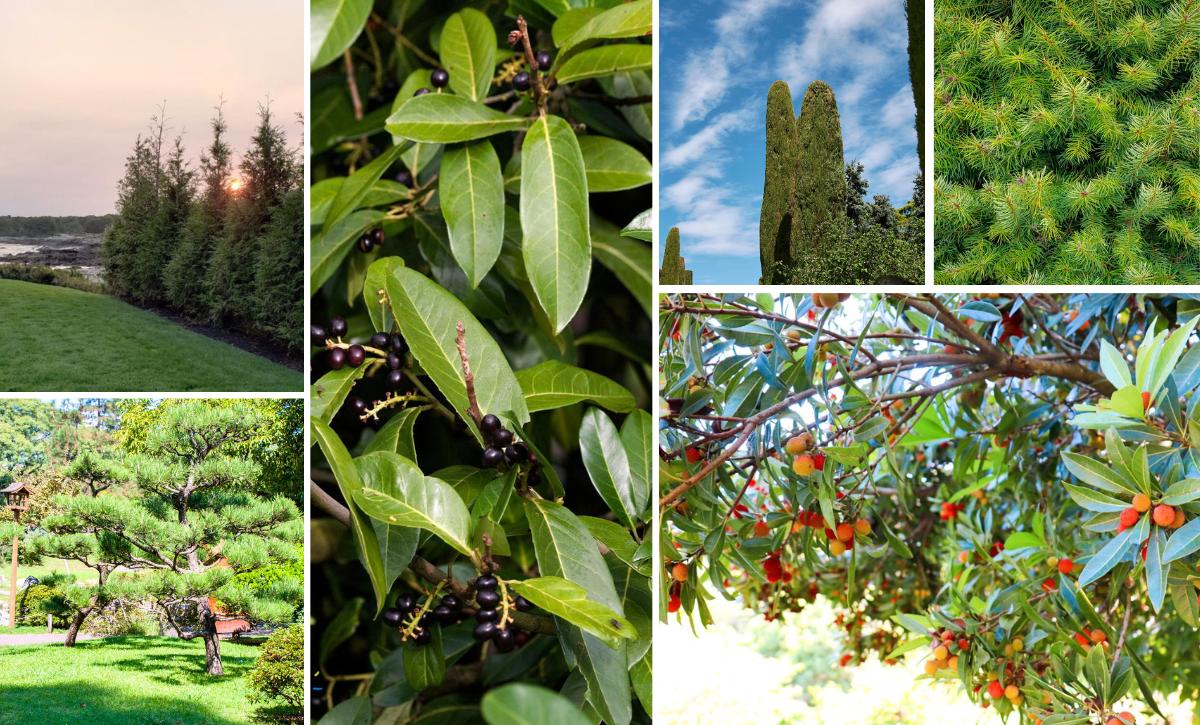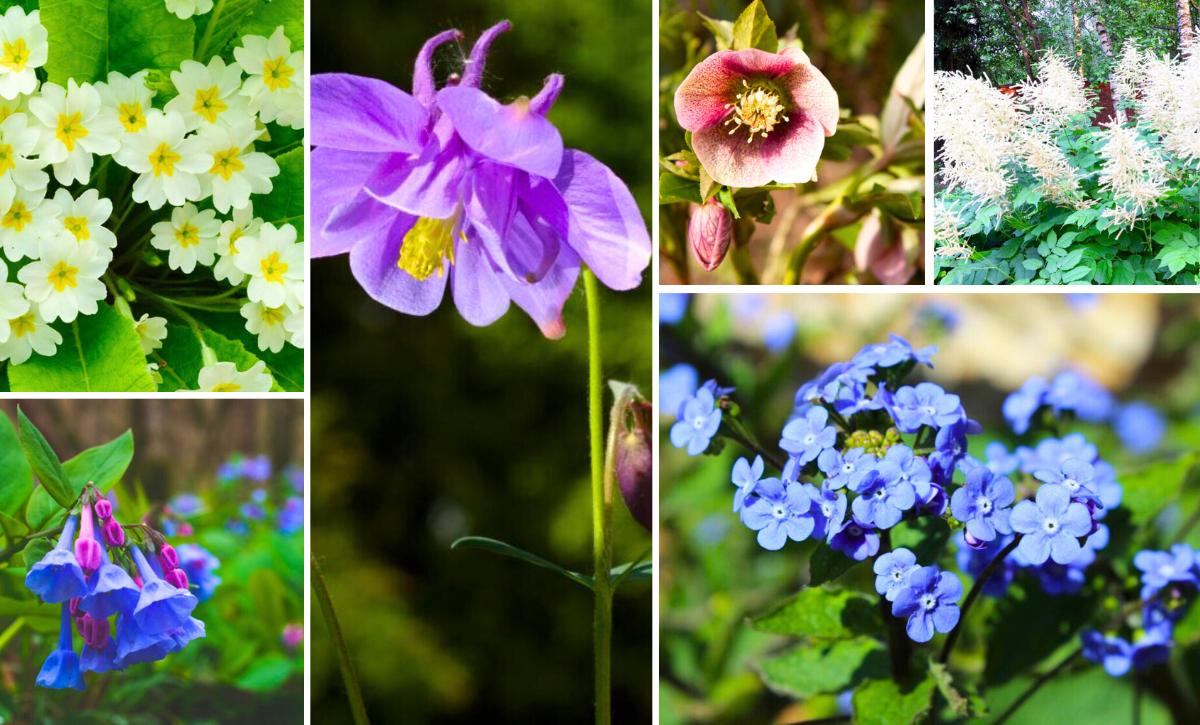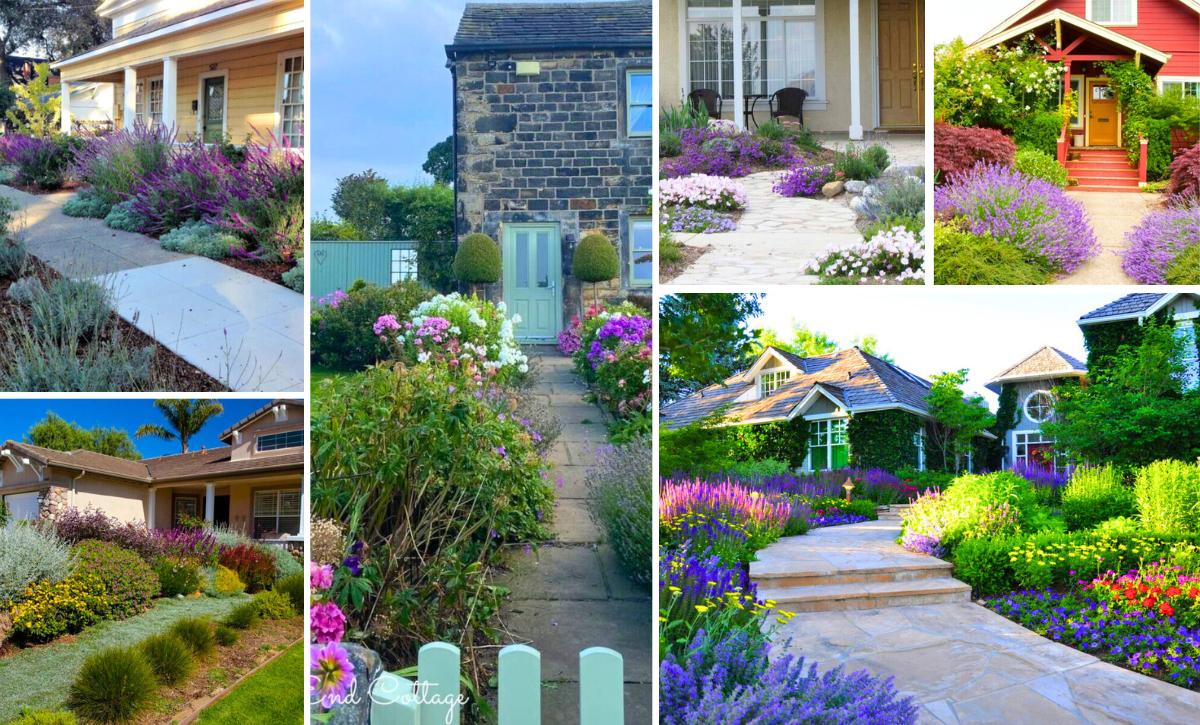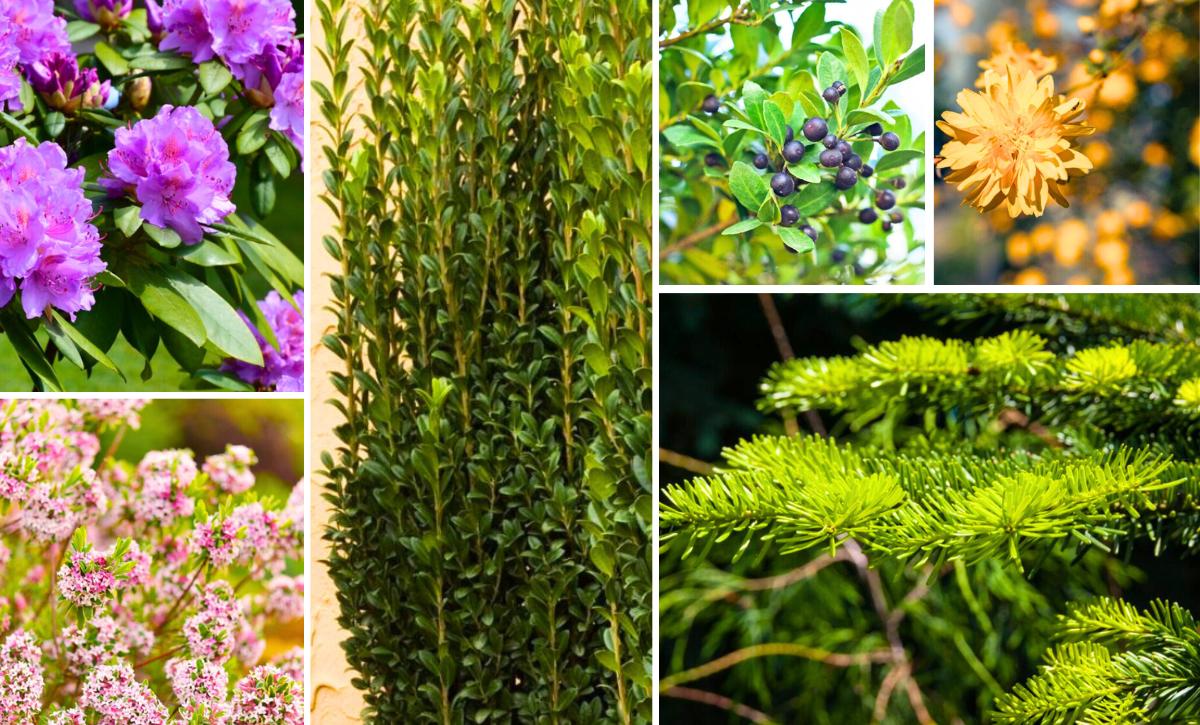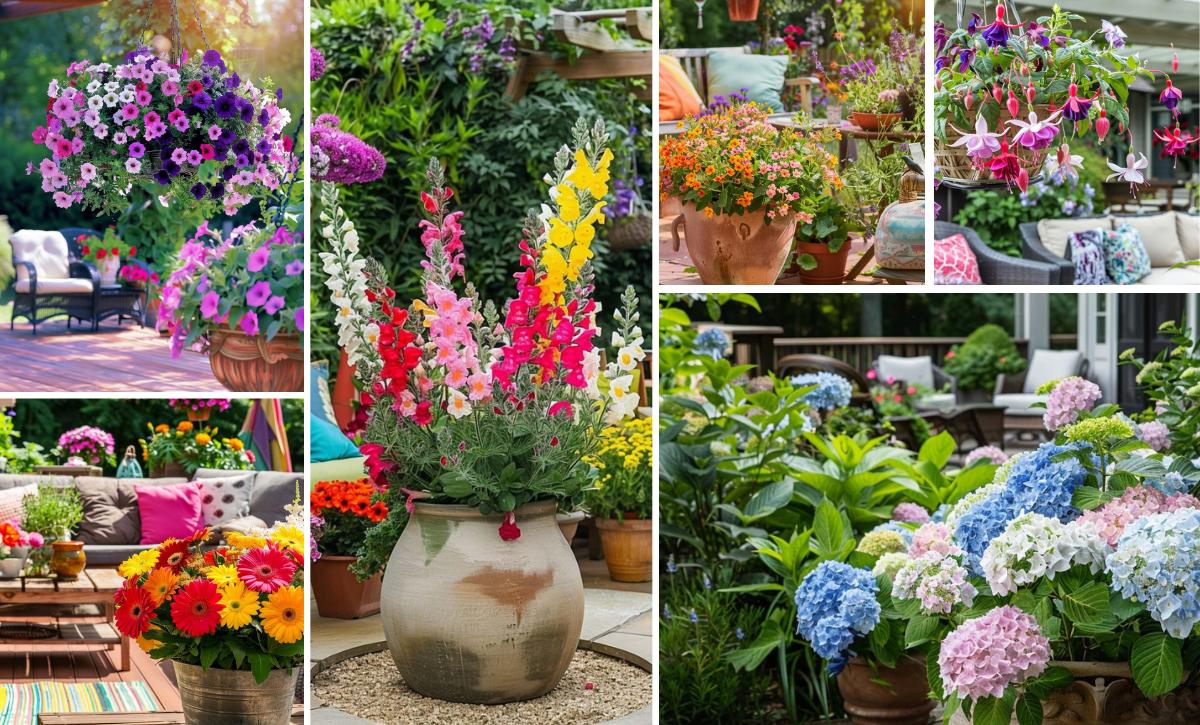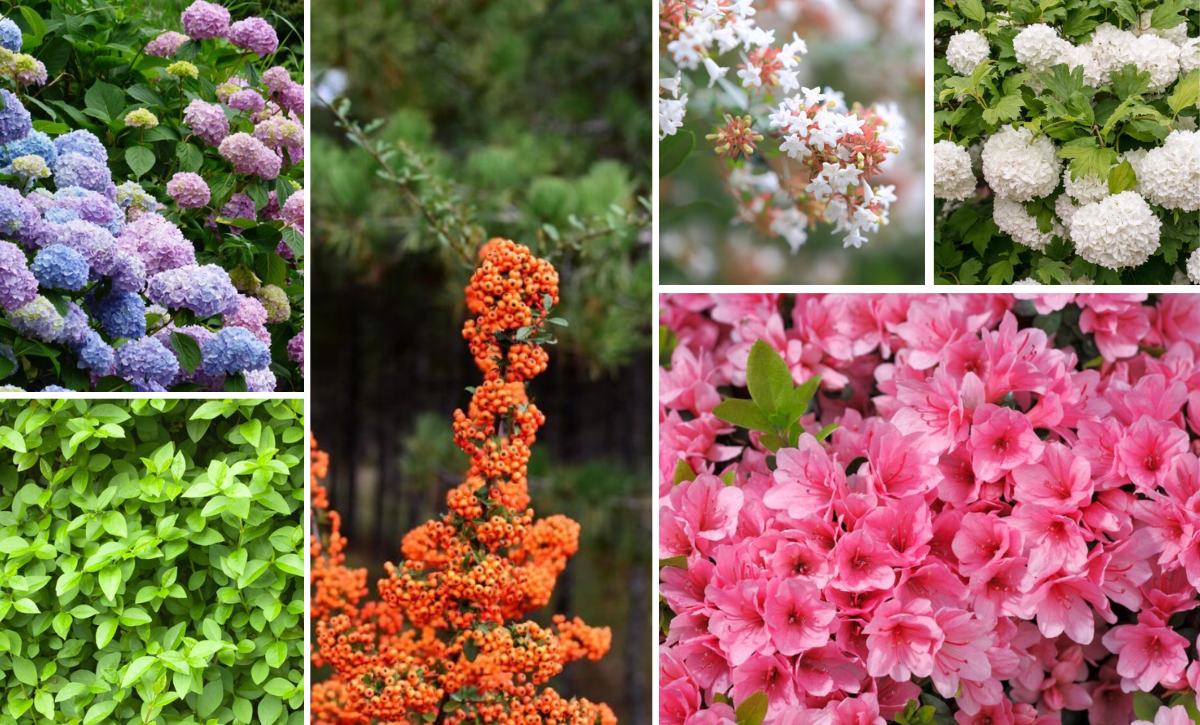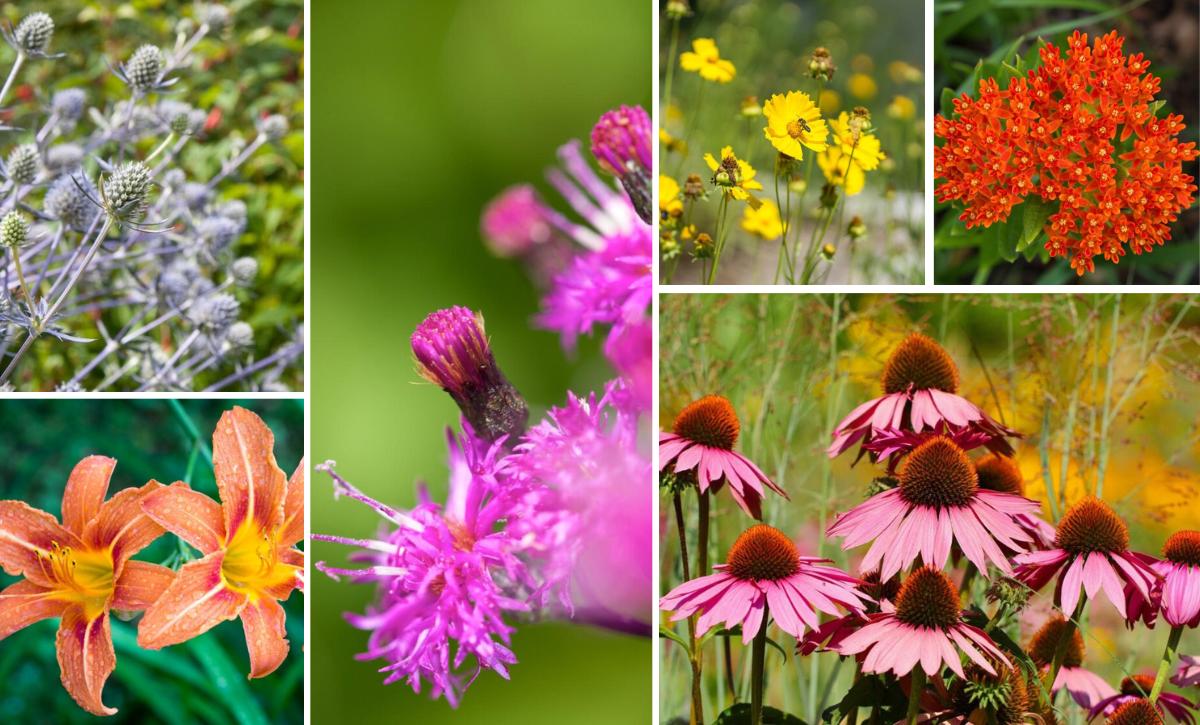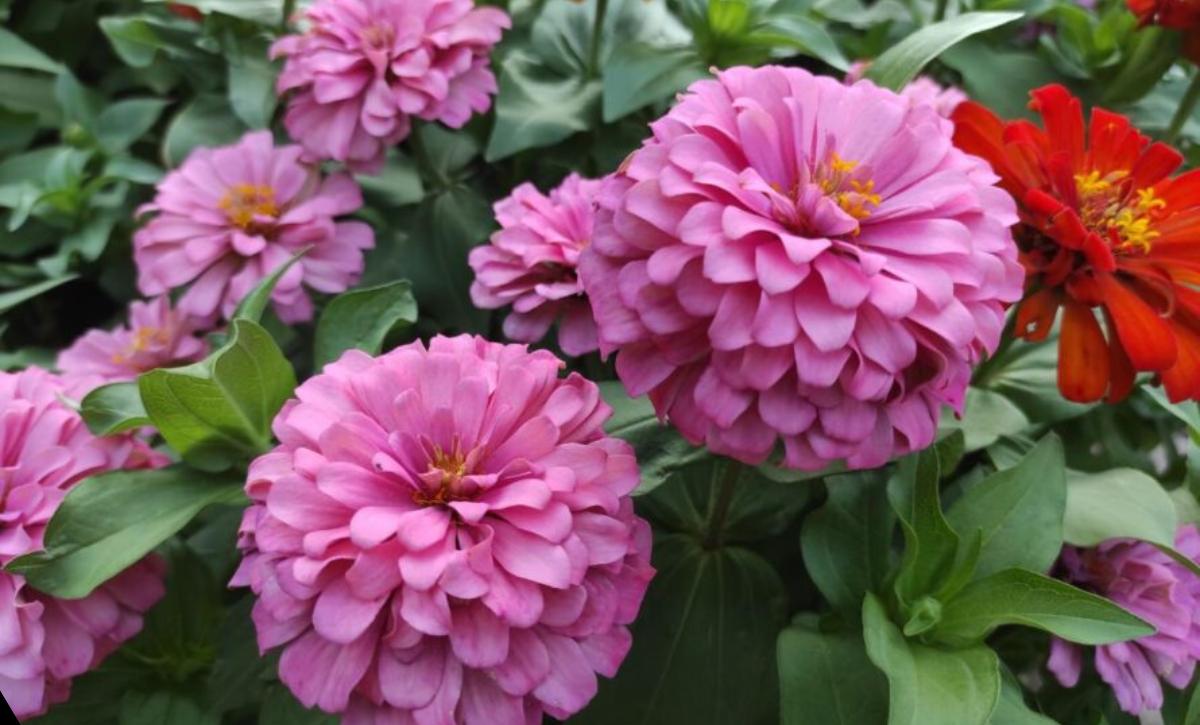Growing black flowers is definitely not for the faint-hearted. These flowers will stand out in your outdoor or indoor garden, and choosing the perfect black plant is the most challenging part! Perhaps you prefer petunias or orchids, or it could be roses.
There’s not a shred of doubt that all those mentioned above are gorgeous and unique, but today, we are going to put our focus on one: the Black Magic petunia.
This plant is known by other names, including crazytunia, black mamba petunia, black petunia, and black velvet petunia.
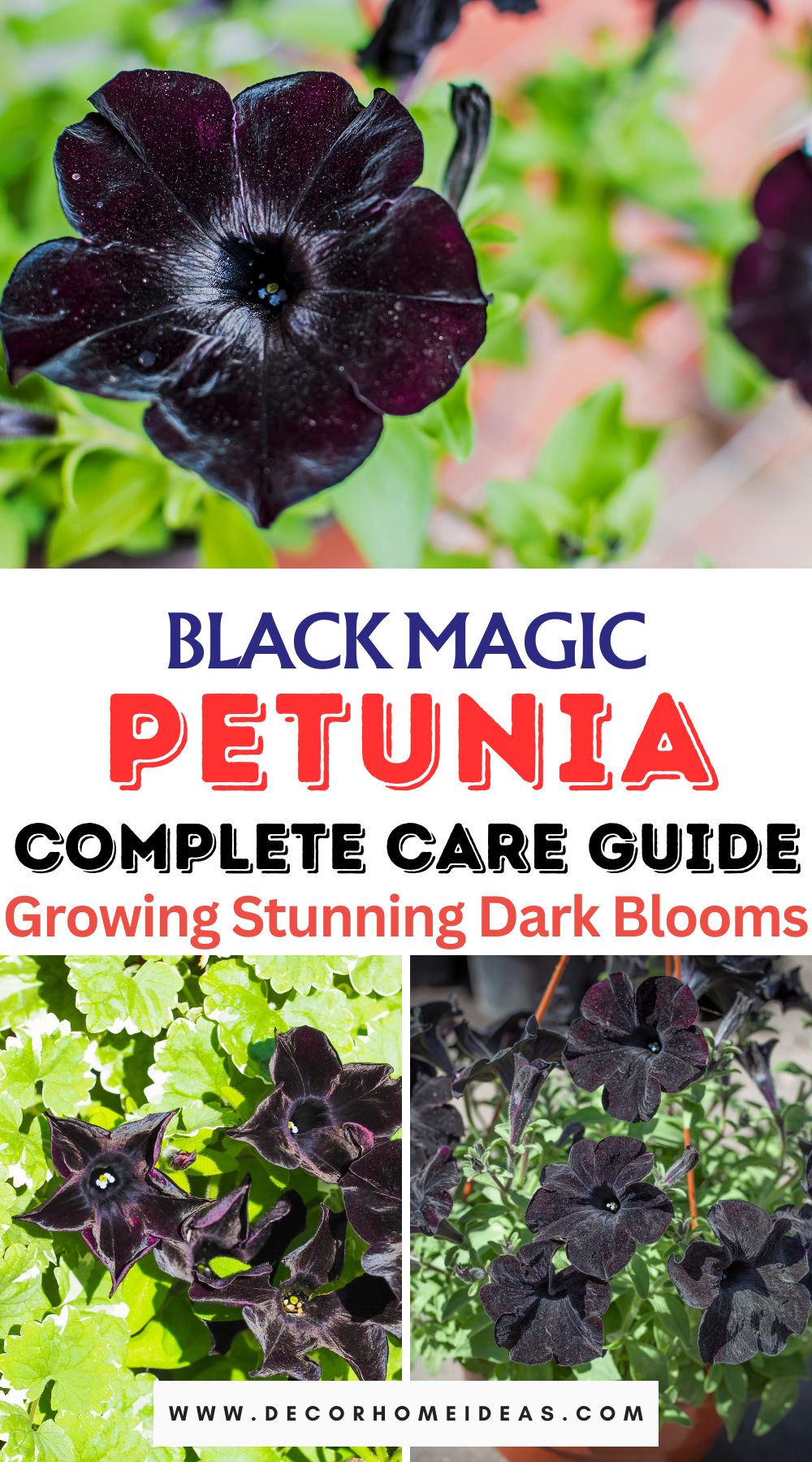
The Black Magic petunia offers so much and has minimal requirements, too. This article will look into the basic needs of this beautiful plant, offer advice on dealing with some of its common problems, and other interesting facts.
But first, have a look at some general information regarding this plant:
| Scientific name: | Petunia x hybrida ‘Black Magic’ |
| Native habitat: | South America |
| Growth rate: | Fast grower |
| Size: | 10 – 16 inches tall and 16 – 20 inches wide |
| Toxicity: | Non-toxic, but pets and people shouldn’t consume it, though |
Care Guide For The Black Magic Petunia
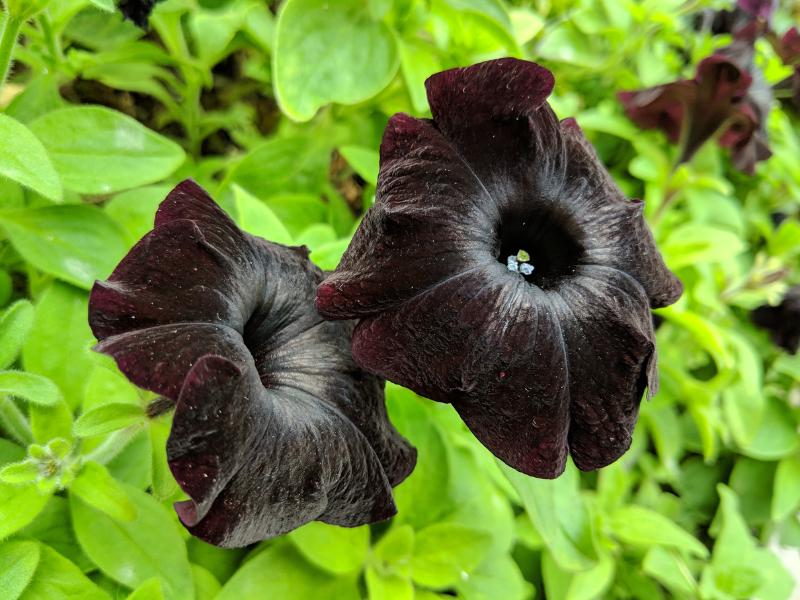
Many flower enthusiasts adore the black flowers of this petunia variety, but how will you maintain these majestic black flowers and keep them healthy?
It’s pretty straightforward; follow the care requirements below, and your plant will flourish!
Light Requirements
The Black magic petunia flourishes in full sun. Therefore, you should give your plant at least 6 hours of direct sunlight daily.
However, the plant is also susceptible to sunburn when exposed to too much light, so make sure the plant receives some indirect light during times when the sun is too hot during the day.
Place your plant near an east-facing window if you intend on growing it indoors so that it can receive direct sunlight in the morning and bright light in the afternoon.
Obviously, if you have no access to indirect sunlight, you can always invest in some grow lights!
Water Requirements
Choosing the best water for your plants is the first thing you must do as a grower. For example, tap water has too much chlorine and can hinder your plants from absorbing minerals and moisture essential for their survival.
Rainwater is free, readily available, and suitable for your plants, so it’s a much better option. However, if you live in a region that doesn’t receive adequate rainfall, distilled water is also a good alternative.
Additionally, before irrigating your black petunias, always wait until the topsoil begins to dry to avoid overwatering and root rot.
It would be best to water your Black Magic petunia slowly since it has shallow roots and wait until the excess water starts coming out of the drainage holes.
Temperature and Humidity
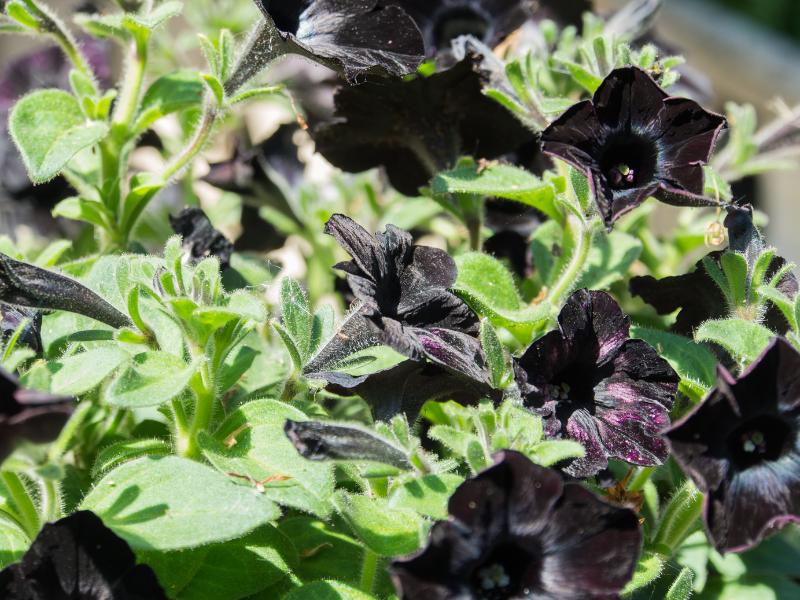
The black petunia plant flourishes in low humidity levels, so you don’t need to take extra measures to increase air moisture; at least, that’s some good news.
The Black magic petunia is a hardy plant and can survive temperatures as low as 40℉, but it typically prefers warmer temperatures. As such, try keeping temperatures between 65 – 75℉.
Soil Requirements
Petunias thrive in slightly acidic, loose, and well-draining substrates. Native soil is usually too heavy and compact, and your petunias’ roots will be unable to spread, so it isn’t an ideal choice. The good news is you can always amend your soil with organic materials like homemade compost.
Look for a good-quality potting mix that is well-draining, fertile, and loose for your potted plants.
Store-bought blends are generally heavy, but if you want to adorn your hanging baskets with black petunias and show them off to your guests, you can always make your own mix. You need only mix equal amounts of shredded bark, peat moss, and sand, and that’s it!
Fertilizer Requirements
The type of fertilizer you use to feed your petunias doesn’t really matter, whether it’s a liquid or slow-release fertilizer. It just needs to be a petunia feed or a type with a balanced ratio of macronutrients, for example, triple 10 or triple 8.
However, liquid fertilizers are typically used for houseplants, whereas slow-release ones are generally applied to outdoor plants.
Apply a diluted fertilizer to your petunias twice a month and a slow-release fertilizer twice yearly (in early spring and early summer).
Propagation
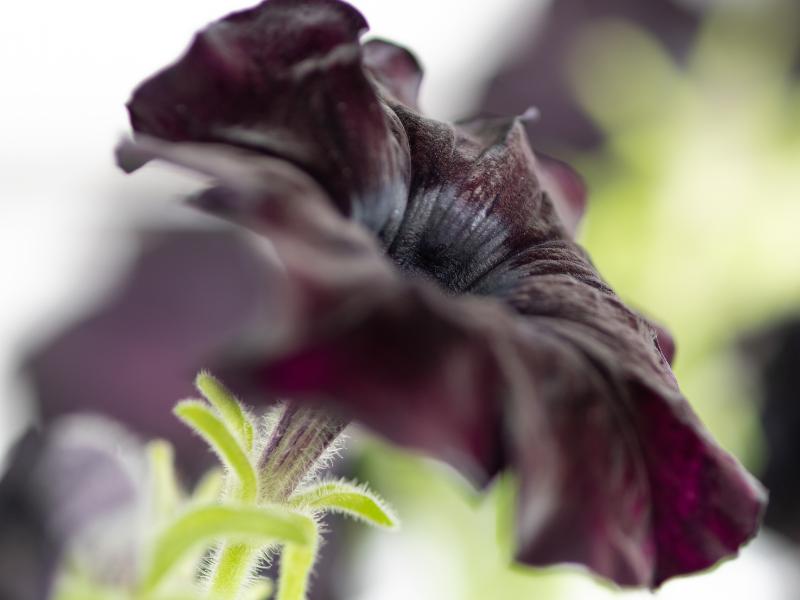
You can propagate the Black magic petunia in two ways: from stem cuttings or seeds.
Here are some simple steps to help you propagate your petunias and increase the beautiful black flowers in your garden:
Propagating from Stem Cuttings
Propagation from stem cuttings is better since you can make your petunias keep their actual black color.
Step 1: Pick a healthy stem that’s 3 – 5 inches long with no flowers and has a couple of leaves. Cut it using sterilized pruners or a knife.
Step 2: Submerge the cutting into a rooting hormone, and fill a growing pot with a moist mixture of perlite and peat moss before planting the cutting in it.
Step 3: Cover the container with a plastic bag or wrap to maintain high humidity levels and place it in bright light.
Step 4: Spray the growing medium occasionally with water to moisten it.
Step 5: You can let the cutting stay in the same growing container after the roots develop, but transplant it to a much bigger pot as it grows.
Bonus tip: If you want to know if your cutting has rooted, try pulling it out of the container. When there’s some form of resistance, it usually means that the root system has formed.
Propagating from Seeds
Step 1: Tie a plastic bag or wrap around the flower head in seed to harvest the seeds. Please wait for it to dry before cutting the head and shaking it inside the plastic wrap or bag to collect the seeds.
Step 2: Look for a seed starter tray and fill it with compost.
Step 3: Disperse some seeds inside each cell. Please don’t use your growing medium to cover the seeds since they need light to germinate.
Step 4: Water the seeds frequently. Your substrate should always be moist! Provide the seeds with some light exposure and keep them in warm temperatures.
Step 5: The seeds should germinate in about 5 – 10 days. Repot your seedlings into a more oversized nursery tray once they become more prominent.
Common Issues
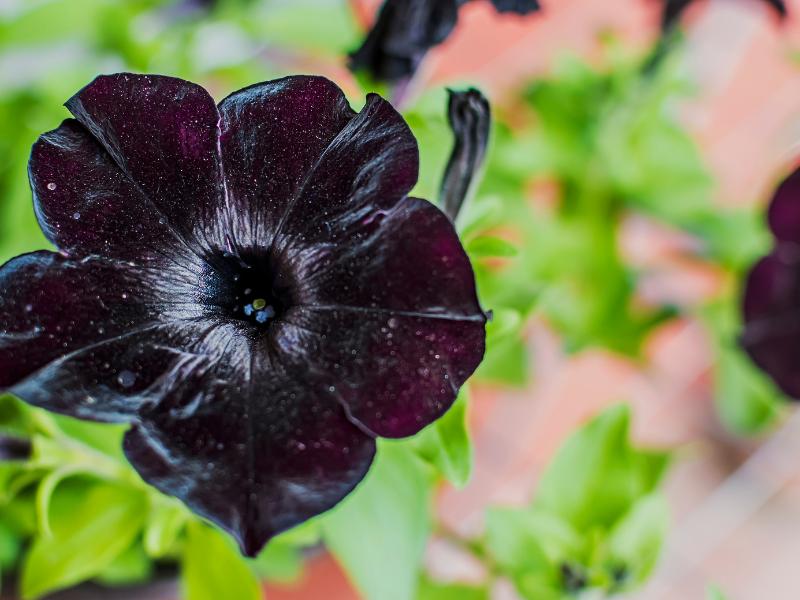
Regrettably, petunias are susceptible to root rot if you ignore your watering schedule and techniques. Root rot is a dangerous disease, and once your plants get it, you must eliminate the rotting, mushy roots, use a fungicide to spray the rest, and plant your petunia in a fresh substrate.
Pests such as spider mites, aphids, etc., also attack this plant, and if chemical pesticides aren’t your cup of tea, you can always use orange peel for plants or attract ladybugs to deter these annoyances.
Other Interesting Facts About The Black Magic Petunia
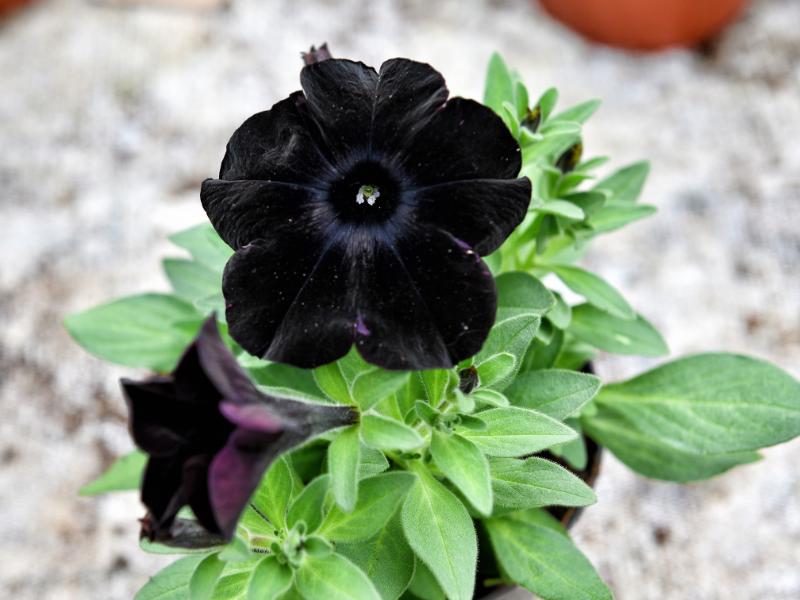
You’ll enjoy the beautiful black petunia flowers all summer until the first frost kills them, but their blooming season will last for an extended period.
The plants have deep black, trumpet-shaped flowers, and you can use them as companion plants with other petunia cultivars with yellow striping.
Petunias also make the list of plants with shallow roots, so you can also grow them in planting containers. The plants will look spectacular in hanging baskets since they have a trailing habit, too.
Final Remarks
We have covered everything you need to know about caring for the Black magic petunia in this article, from its basic requirements to propagation.
We have also covered some common problems that this plant may face, as well as some solutions to help you deal with such issues.
Obviously, there’s nothing wrong with acquiring a little bit of knowledge regarding flowers, so we took it upon ourselves to add some general facts regarding the Black magic petunia.
Don’t overthink it; just plant them in your garden and enjoy the beauty that’ll come!
See you next time!

